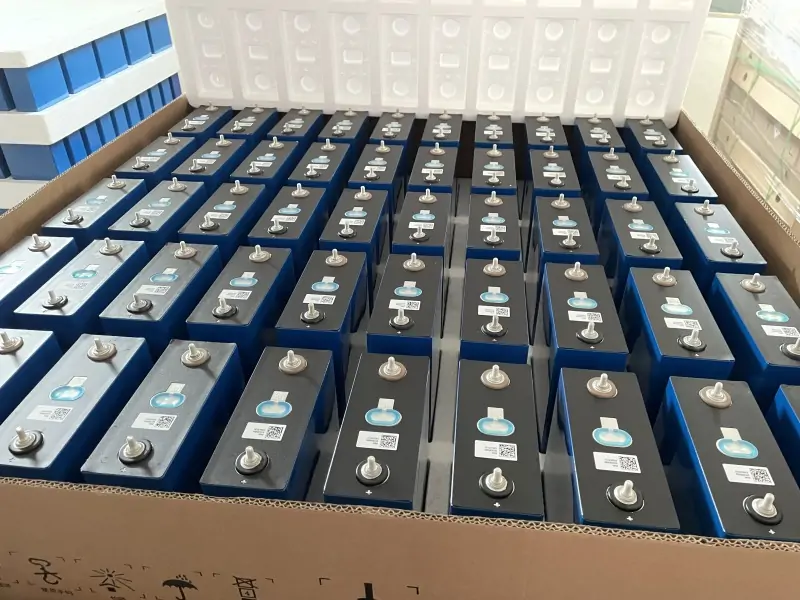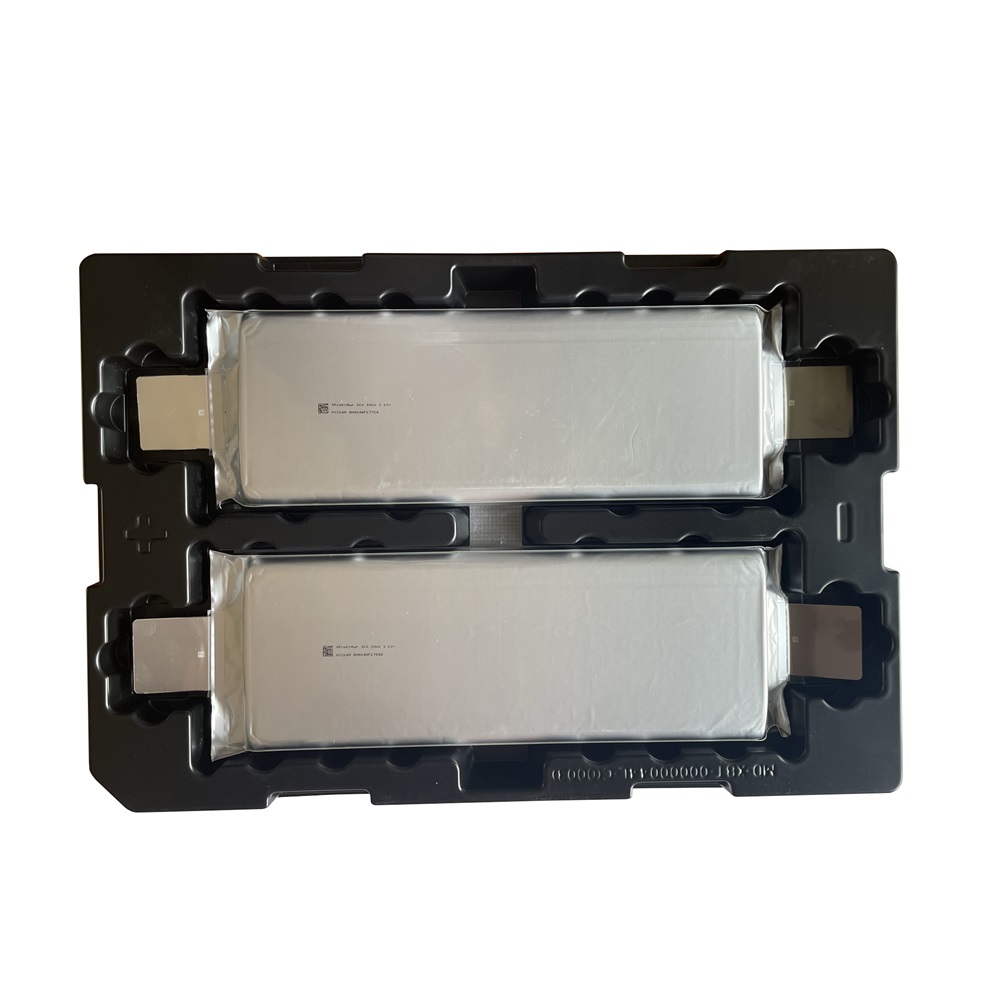Types of LiFePO4 Battery Cells: Cylindrical, Prismatic, and Pouch
Lithium iron phosphate (LiFePO4) batteries are known for their high safety, long cycle life, and excellent thermal stability. They come in three main cell types: cylindrical, prismatic, and pouch. Each of these types has distinct characteristics that make them suitable for various applications. Let's explore each one in detail to help you determine the best fit for your needs.

Overview:
Cylindrical LiFePO4 cells are the most commonly used type of lithium iron phosphate batteries. They resemble the shape of traditional AA or AAA batteries and are widely employed in applications where high power and durability are essential.
Key Features:
- High Energy Density: Cylindrical cells offer a good balance between energy density and power output, making them ideal for portable devices and power tools.
- Long Cycle Life: These cells can endure thousands of charge and discharge cycles, providing a long lifespan, which is crucial for applications like electric vehicles and solar energy storage.
- High Safety: Compared to other lithium-ion batteries, cylindrical LiFePO4 cells are less prone to overheating or catching fire.
- Low Maintenance: They require minimal upkeep and do not need balancing or calibration.
Applications:
Cylindrical LiFePO4 cells are versatile and can be found in:
- Electric vehicles (EVs)
- Power tools
- Solar power systems
- Uninterruptible Power Supply (UPS) systems
- Recreational vehicles (RVs) and campers
- Marine applications
- Forklifts
- Medical devices
Considerations When Choosing Cylindrical Cells:
- Voltage: Ensure compatibility with your device’s voltage requirements.
- Capacity: Select a capacity that matches your energy storage needs.
- Discharge Rate: Verify that the cell’s discharge rate meets your power demands.
- Temperature Range: Check that the cell can operate within your required temperature conditions.
- Cost: Balance the cost against performance and longevity requirements.
2. Prismatic LiFePO4 Cells

Overview:
Prismatic cells have a rectangular shape, allowing for efficient use of space within battery packs. These cells are often used in applications that demand high energy density, such as solar power systems and larger UPS units.
Key Features:
- High Energy Density: Prismatic cells can store a large amount of energy in a compact form, making them suitable for space-constrained applications.
- Long Cycle Life: Similar to cylindrical cells, prismatic cells can handle extensive cycling, which enhances their value in long-term applications.
- High Safety: They offer high safety standards and are less likely to experience thermal runaway compared to other lithium-ion batteries.
- Low Maintenance: These cells require little to no maintenance, which simplifies their use in various applications.
Applications:
Prismatic LiFePO4 cells are commonly used in:
- Solar energy storage systems
- Large-scale UPS systems
- Electric vehicles (though less commonly than cylindrical cells)
- Forklifts
- Medical equipment
- Portable power tools
- Recreational vehicles (RVs) and campers
Considerations When Choosing Prismatic Cells:
- Voltage Compatibility: The cell’s voltage should match your device’s needs.
- Capacity and Size: Choose based on how much energy storage is required and available space.
- Discharge Rate: Ensure the cell’s output rate aligns with your application’s demands.
- Temperature Range: Verify that the cell can operate within the necessary environmental conditions.
- Cost: Prismatic cells are generally more expensive, so factor this into your decision.
3. Pouch LiFePO4 Cells

Overview:
Pouch cells are encased in a flexible, flat pouch. They are favored in applications requiring a low-profile design, such as consumer electronics and portable devices.
Key Features:
- Low Profile and Flexibility: Their flexible casing allows for a variety of shapes and sizes, making them ideal for compact designs.
- High Energy Density: Pouch cells can achieve high energy density, providing substantial power in a small footprint.
- Long Cycle Life: They can be recharged and discharged extensively, making them suitable for applications needing a durable battery solution.
- High Safety: Pouch cells are designed to be safe, with reduced risks of combustion compared to some other lithium-ion cells.
- Low Maintenance: Like other LiFePO4 cells, they require minimal maintenance.
Applications:
Pouch LiFePO4 cells are used in:
- Laptops
- Smartphones
- Tablets
- Portable power tools
- Medical devices
- Solar power systems
- UPS systems
Considerations When Choosing Pouch Cells:
- Voltage: Check compatibility with your device.
- Capacity: Match the cell’s capacity to your energy needs.
- Discharge Rate: Ensure the cell’s power output aligns with your requirements.
- Temperature Range: Confirm the cell’s operational temperature range suits your application.
- Cost: Pouch cells are generally pricier than cylindrical cells due to their manufacturing process.
Potential Drawbacks of Pouch Cells:
- Lower Shock and Vibration Resistance: The flexible pouch is less robust against physical impacts compared to the rigid casings of cylindrical or prismatic cells.
- Higher Cost: Manufacturing complexity can make pouch cells more expensive.
Conclusion
Choosing the right LiFePO4 cell type depends on your specific application needs, including power requirements, space constraints, safety considerations, and cost factors. Cylindrical cells are excellent for high-power needs, prismatic cells are ideal for applications demanding high energy density, and pouch cells suit designs requiring a slim profile. Always consult with a battery expert to ensure the best fit for your application, and consider the cell’s specifications to match your operational and environmental conditions effectively.
Edit by paco



